Laboratory multi-channel in-situ expansion analyzer for lithium ion battery testing
Expansion Behavior of Lithium-ion Batteries

Operation automation: realize the automation of powder screening process;During the process of charging and discharging, the the intercalation and deintercalation of Li-ion in the electrodes will cause the lithium-ion batteries (LIBs) to expand and shrink.
Ideally, the volume change of the material during the lithium intercalation/deintercalation should be reversible. However, in is always a fraction of lithium ions that cannot be completely unembedded from the electrodes or deposited on the anode surface as insoluble byproducts during the cycle. This will cause irreversible expansion of the LIBs and serious consequences, such as: the deformation of the jelly roll, the rupture of the material particle, the break and regeneration of the solid electrolyte interphase (SEI) which constantly consume the electrolyte. Therefore, the expansion behavior of LIBs has become a very important reliability issue in the application of lithium-ion battery, and it needs to be considered in the design of battery structure, particle size, adhesive and electrode structure of anode materials. for the next generation anode materials with higher energy density,, such as silicon and lithium metals, the expansion problem will be much more serious than graphite. Therefore, an accurate and effectivetool for evaluating the expansion behavior of LIBs can effectively the development and optimization of the silicon-based anode and lithium metal anodes. Moreover, on the aspect of pack design, the expansion evaluation of LIBs can also improve the utilization rate of the pack space under the premise of safety.
Traditional Test Methods

Introduction of Multi-channel In-situ Swelling Analyzer


Application Cases
1. In-situ expansion test of model buckle cell
Cell parameters:Button full battery (NCM811 / SiC), capacity of about 3 mAh;
Experimental parameters of in-situ expansion:Setting the current is 0.3 mA, voltage interval is 2.5~4.2V,running for three circles, and recording the relative expansion thickness of the full coin cell synchronously;
Experimental result:

The full coin cell expands / shrinks with the charge / discharge process, and the inflection point of the voltage curve in the three cycles is highly consistent with the inflection point of the thickness expansion curve, indicating that the expansion thickness curve can effectively reflect the volume change in the process of the intercalation and deintercalation of Li-ion.. The average variation of the relative thickness is about 0.00167mm, and the COV of the expansion thickness is only 2.82%, indicating the good cycle consistency of the model coin cell.
Note: COV (Coefficient of Variation) = (standard deviation sigma) / (mean mean)
2. In-situ expansion test of multi-layer stacked cells:
Cell parameters:Multi-layer stacked ba tery (NCM811 / SiC), with a capacity of about 400 mAh;
Experimental parameters of in-situ expansion:Three parallel samples, synchronously test the percent expansion thickness at a constant pressure of 0.1MPa;
Experimental result:

The multilayer stacked battery expands / contracts with the charge / discharge process, and the two cycles maintain good repeatability. The maximum expansion ratio is about 12%, and the expansion thickness COV of these three groups of cells is 1.5%, indicating a good agreement among these parallel samples.
3. In-situ expansion test of the pouch cell:
Cell parameters:Multi-layer pouch cell (NCM811 / SiC), capacity of about 400 mAh;
Experimental parameters of in-situ expansion:Three parallel samples, synchronously test the percent expansion thickness at a constant pressure of 0.1MPa;
Experimental result:

The pouch cell expands / shrinks with the charge / discharge process, and the two cycles maintain good repeatability. The maximum expansion ratio is about 4%, and the expansion thickness COV of these three groups of cells is 1.4%, indicating a good agreement among these parallel samples.
Model Specifications
|
Model
|
MSWE1100
|
MSWE1200
|
MSWE1300
|
MSWE1400
|
|
Number of channels
|
4
|
|
Pressure regulation mode
|
With counterweight
|
Servo motor
|
|
Pressure limit
|
0.5kg/1kg/5kg
(customizable according to customer nees)
|
0-100kg
|
|
Pressure accuracy
|
±0.01kg
|
±0.01kg/±0.3%FS
|
|
Scope of thickness detection
|
±5mm
|
|
Thickness detection resolution/precision
|
0.1um/±1um
|
0.01um/±0.1um
|
0.1um/±1um
|
0.01um/±0.1um
|
|
Systematic error
|
≤3%
|
|
Maximum cell size measurement
|
60*90*4mm(customized according to specific needs)
|
Installation Requirements
|
Model
|
MSWE1100
|
MSWE1200
|
MSWE1300
|
MSWE1400
|
|
Source
|
220-240V/50-60Hz
|
|
Voltage change tolerance
|
±10%
|
|
Power consumption
|
20W
|
400W
|
|
Ambient temperature
|
25±5C
|
|
Ambient humidity
|
≤80%RH(no moisture condensation)
|










 en
en fr
fr de
de ru
ru es
es pt
pt ko
ko tr
tr pl
pl th
th
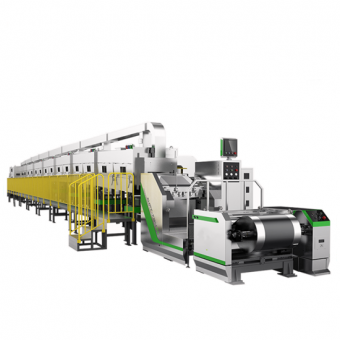
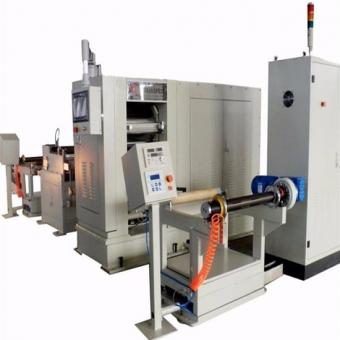
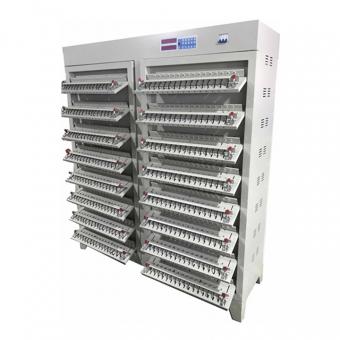
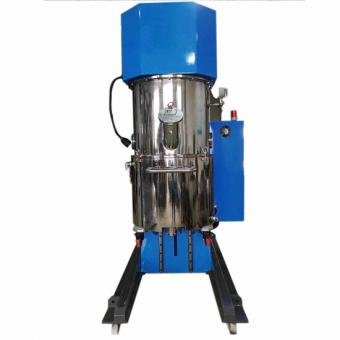























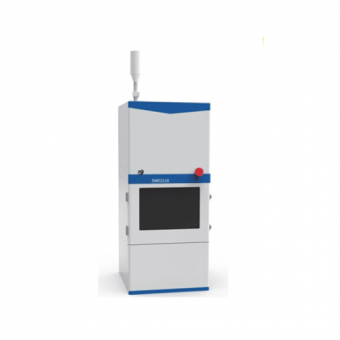
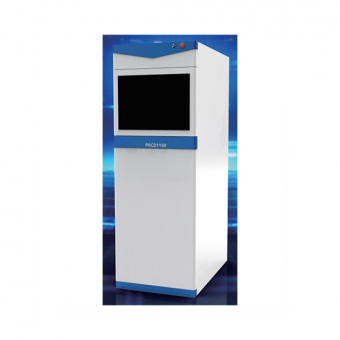
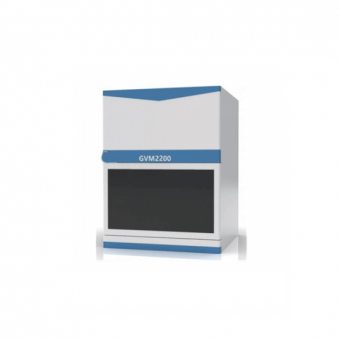
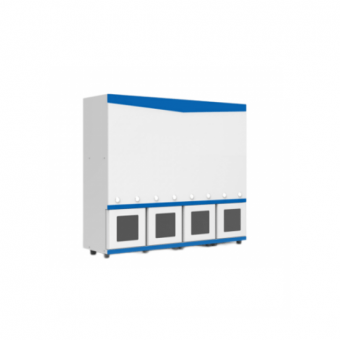
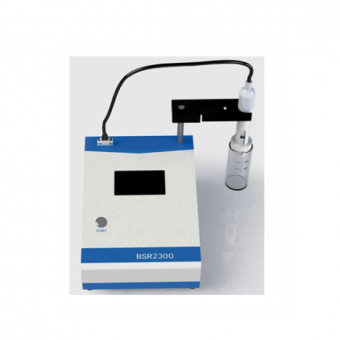


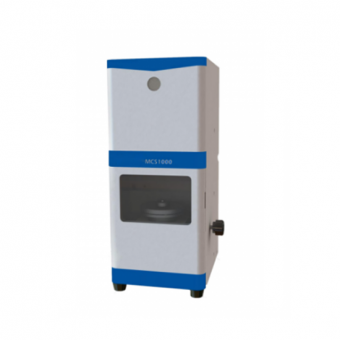






 IPv6 network supported
IPv6 network supported